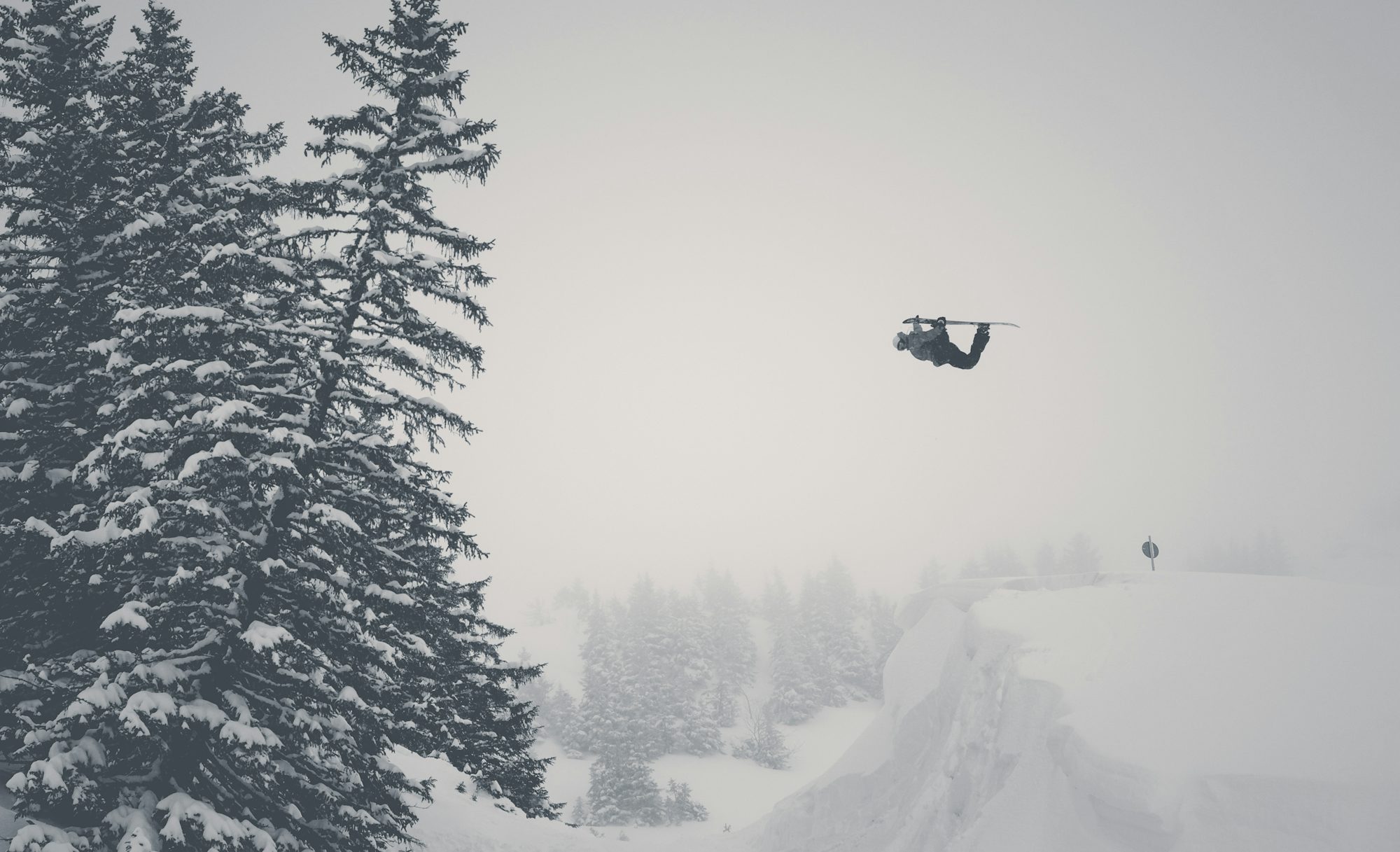
Understanding Your Stance
Before diving into techniques, it's crucial to understand your stance on the snowboard. Your stance—either regular (left foot forward) or goofy (right foot forward)—is a fundamental aspect of how you ride. To determine your natural stance, you might consider which foot you instinctively place forward when sliding on a smooth surface. Understanding your stance helps you develop balance and control, laying News the foundation for your snowboarding skills.
Mastering the Basics: Balance and Control
Balance is the cornerstone of snowboarding. When you strap into your board, keep your knees slightly bent and your weight centered over your feet. This position allows for better control and stability as you navigate different terrains. Practicing balance exercises off the slopes, such as standing on one leg or using a balance board, can improve your core strength and stability.
Riding on Flat Terrain
Starting on flat terrain is an excellent way for beginners to gain confidence and familiarity with their snowboard. Begin by practicing sliding with one foot strapped in and the other foot free. This technique, known as 'one-footed riding,' allows you to push yourself along while getting a feel for the board. Once comfortable, strap in both feet and practice gliding down gentle slopes, focusing on maintaining your balance and controlling your speed.
Turning Techniques
Turning is a fundamental skill in snowboarding, allowing you to navigate the slopes safely and efficiently. There are two primary types of turns: heel-side and toe-side. To initiate a heel-side turn, shift your weight back onto your heels and apply pressure on the heel edge of the board. Conversely, for a toe-side turn, lean forward onto your toes and press down on the toe edge. Practicing these turns on gentle slopes will help you build muscle memory and confidence.
Once you’ve mastered basic turns, practice linking them together. This involves transitioning smoothly from one turn to the next, which is essential for maintaining speed and control while riding down the mountain. As you gain experience, experiment with different turn shapes and styles to enhance your riding versatility.
Stopping Safely
Knowing how to stop effectively is crucial for any snowboarder. The most common technique is the snowplow or pizza method. To stop, angle the board to create a wedge shape by pushing the tail of the board outwards while leaning back slightly. This technique allows you to slow down and come to a complete stop safely. As you progress, you can also learn to use more advanced stopping techniques, such as carving turns to control your speed.
Carving: The Art of Smooth Turns
Carving is an advanced technique that allows riders to maintain speed while making sharp turns. Unlike skidding, carving involves using the edges of the board to grip the snow, resulting in smooth, flowing turns. To carve effectively, focus on shifting your weight from one edge of the board to the other while maintaining a low center of gravity. This technique requires practice, but once mastered, it adds a new dimension to your riding experience.
Riding in Different Conditions
As you become more comfortable on your snowboard, you will encounter various snow conditions, from powder to ice. Each condition requires different techniques and approaches. In powder, for instance, lean back slightly to keep the nose of the board afloat and maintain speed. On icy surfaces, use a more aggressive edge angle to grip the snow and control your turns. Familiarizing yourself with these conditions will improve your adaptability and overall performance.
Exploring Terrain Parks
Terrain parks are designed for freestyle snowboarding, featuring jumps, rails, and boxes. If you’re interested in this style, start with small features to build your confidence. Practicing basic tricks, such as grabs and ollies, on smaller jumps can help you gain experience before progressing to more challenging features. Always be aware of your surroundings and follow park etiquette to ensure a safe and enjoyable experience for everyone.
Halfpipe Riding
Halfpipe riding is a thrilling discipline that involves riding in a U-shaped structure, allowing riders to perform aerial tricks and maneuvers. To start, practice pumping your body to gain speed as you transition from one wall to the other. As you become comfortable with the motion, focus on executing simple tricks, such as 180s or grabs. Remember to wear protective gear, as falls can happen even to seasoned riders.
Freestyle Techniques
Freestyle snowboarding emphasizes creativity and style. To enhance your freestyle skills, practice different tricks on flat terrain before hitting the park. Start with basics like jumps and spins, and gradually progress to more complex maneuvers. Filming your attempts can provide valuable feedback, allowing you to analyze your technique and identify areas for improvement.
Freeride and Backcountry Techniques
Freeriding offers the thrill of exploring unmarked and ungroomed areas. When venturing into the backcountry, it’s essential to understand the risks and prepare adequately. Familiarize yourself with avalanche safety and navigation techniques. Practice riding in powder and natural terrain features to enhance your skills in varied conditions. Riding with experienced backcountry friends can provide valuable insights and enhance your safety.
Conclusion
Mastering essential snowboarding techniques is key to enjoying the sport and enhancing your skills. Whether you're carving down groomed trails, exploring the terrain park, or venturing How New Program in Canada to make additional income after 35 into the backcountry, a solid foundation in balance, turning, and stopping will serve you well. Embrace the learning process, practice consistently, and most importantly, enjoy the ride. Snowboarding is a journey filled with excitement, challenges, and unforgettable memories, and with dedication, you'll continue to grow and thrive on the slopes.